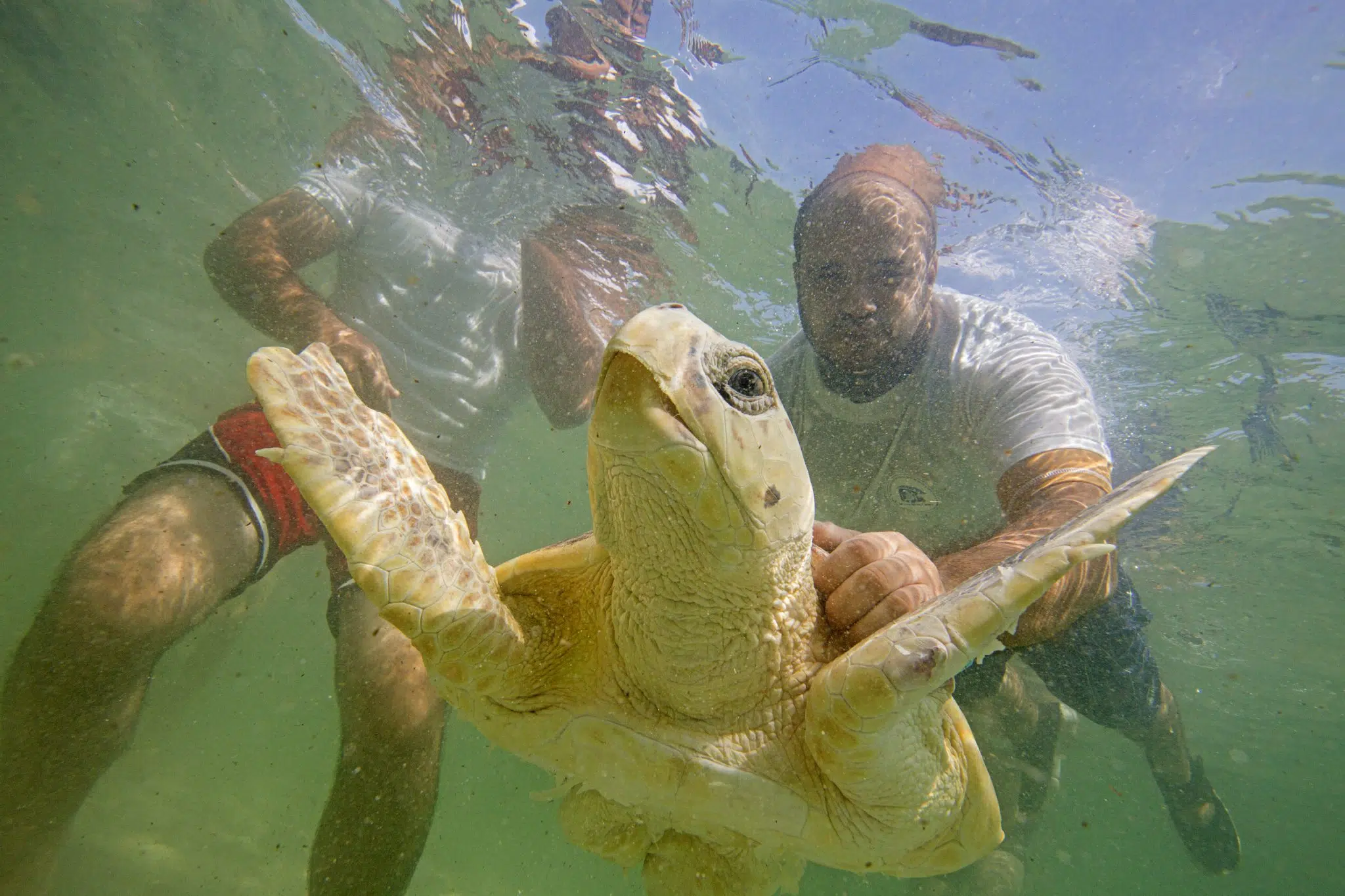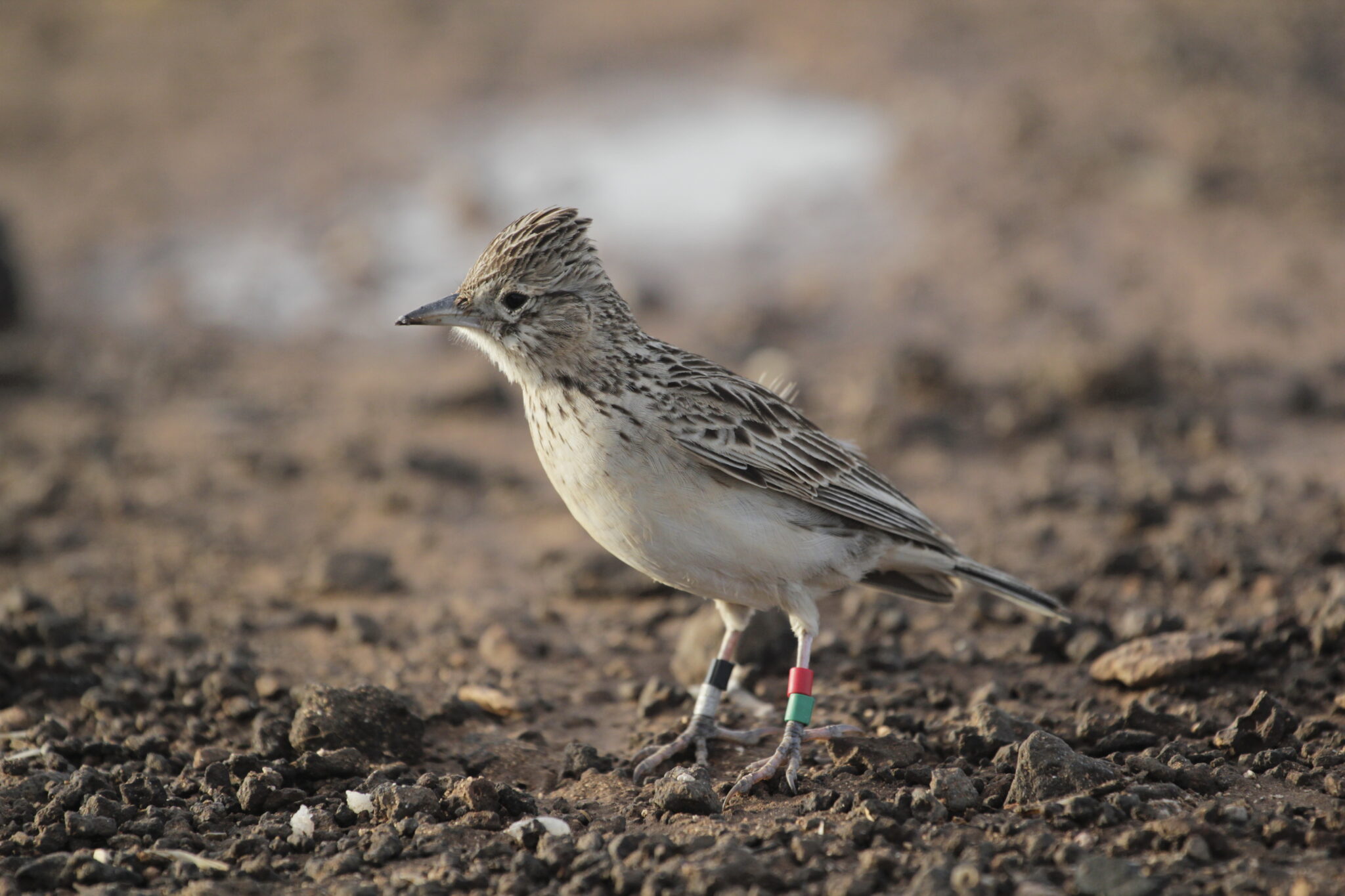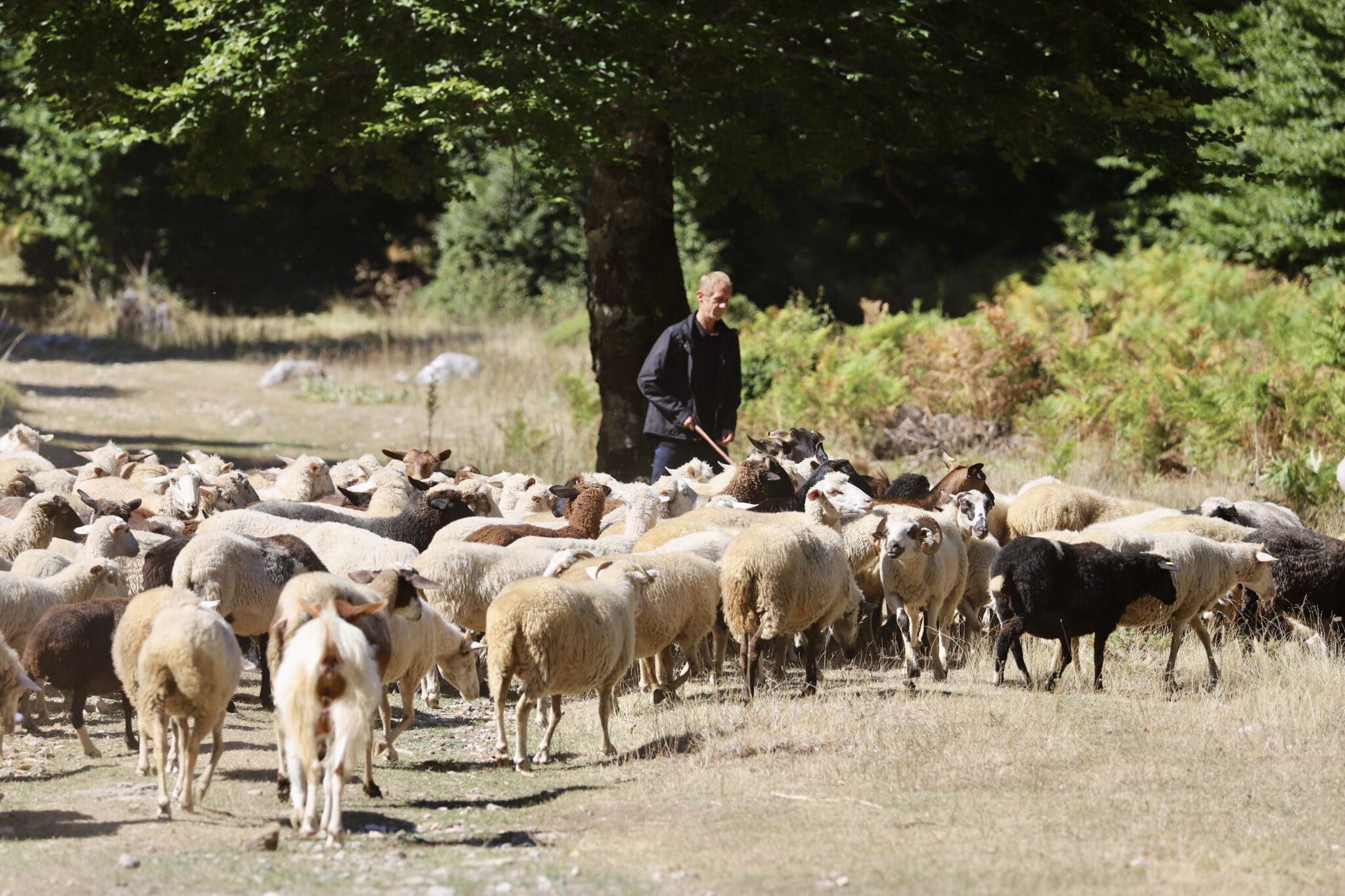Libyan and Egyptian conservationists work across border to save Critically Endangered tortoise
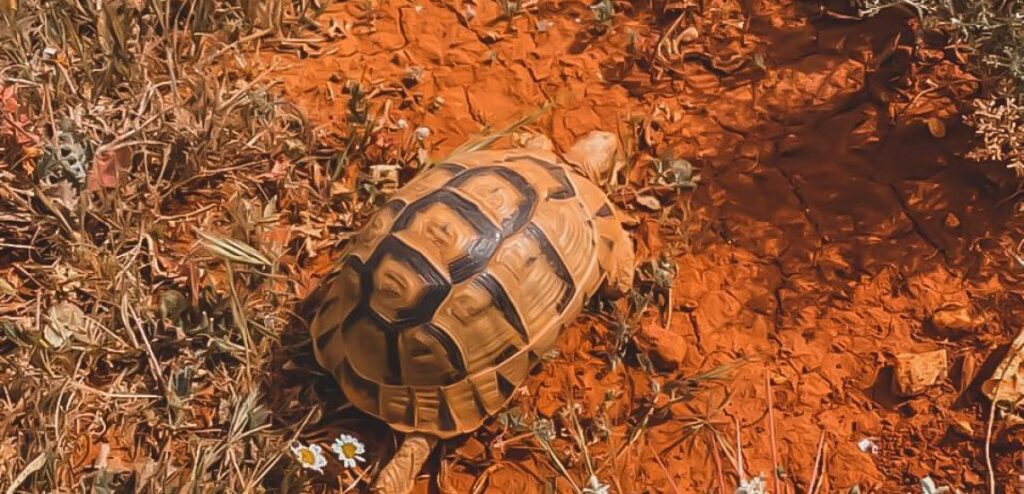
Almost extinct in its namesake country, and with illegal smuggling of Egyptian Tortoise across the border from Libya – plus habitat destruction – threatening the species, it is taking the collaboration of both Libyan and Egyptian NGOs to research and protect this neglected species
By Enas Sarahneh
Header image: Egyptian Tortoise in Libya, © Al Hayat Organization
The Egyptian Tortoise Testudo kleinmanni (Critically Endangered) is, unlike its slow movement, declining fast. One of the world’s smallest tortoises, it occurs in the Mediterranean region and faces intense pressures. But regional cooperation gives it a gleam of hope.
The natural habitat of the Egyptian Tortoise is the desert and shrublands close to the coastal zone bordering Mediterranean Sea, where it has been recorded in Libya and Egypt. Nowadays, only small patches of territory are founded in Al Jabal Al Akhdar, the eastern coastal region of Libya, where it disappeared from much of its former range (and possibly a tiny population clings on in Zaranik Protected Area, Egypt).
Habitat loss, mainly due to agriculture, development, and other human activities, including the illegal trade, are the main reasons behind tortoise’s declines. Coastal development in the northern coastal region of Egypt degraded its natural habitat. Moreover, the political situation in Libya after the Libyan revolution in 2011 burdened the local communities and deteriorated the economic situation, while lack of stability and security on the Egyptian-Libyan border encouraged smugglers to enter the Libyan desert and collect tortoises to be sold in lucrative Egyptian pet markets. In Egyptian culture, this slow and peaceful creature is a symbol of luck and emblem of longevity and stability in life, making Egypt a good market for the tortoise. The market demand in Egypt caused their population to be harvested to local extinction, causing larger demand from its range in Libya.
Mature tortoises are more subjected to smuggling as a larger sized tortoise is more expensive, and unhealthy conditions during smuggling may causes serious infectious diseases among tortoises. Moreover, border guards were not aware that releasing the smuggled tortoises in the desert may cause the death of this peaceful creature.
To overcome this transboundary issue and ensure the continuation of this species, conservation efforts must be taken at a regional level. Therefore, BirdLife (through its role as Regional Implementation Team for the Mediterranean Hotspot of the Critical Ecosystem Partnership Fund (CEPF)) provided small grants to two civil society organizations to assess Egyptian Tortoise populations in Eastern Libya and Western Egypt: Al Hayat Organization to Protect Wildlife and Marine Organisms (Libya) and Hemaya Company for Environmental Consultancies and Services (Egypt). Through these projects, remaining populations will be conserved in their original habitats in Libya and suitable habitats will be identified in Egypt for future reintroduction. This involves working together to identify in detail the main threats affecting the survival of the Egyptian Tortoise and assessing their ecological requirements.
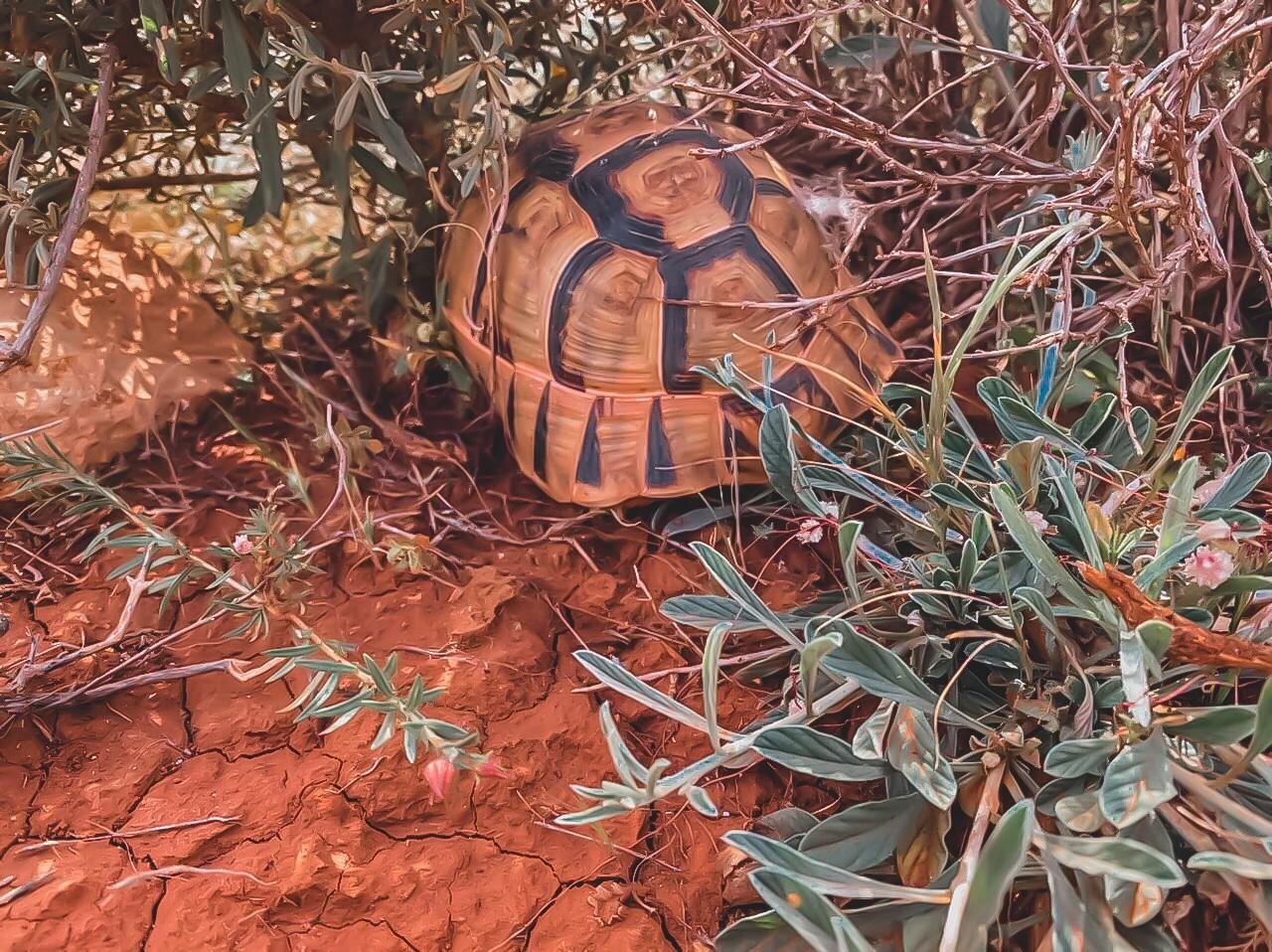
“For more than 30 years, funding agencies did not provide any support to conserve this species. Now, CEPF support and this fruitful cooperation gives me a hope that my dream will come true one day: of restoring the natural habitats of this wonderful small creature along the Mediterranean coast.”Basem Rabia, Egyptian Tortoise researcher
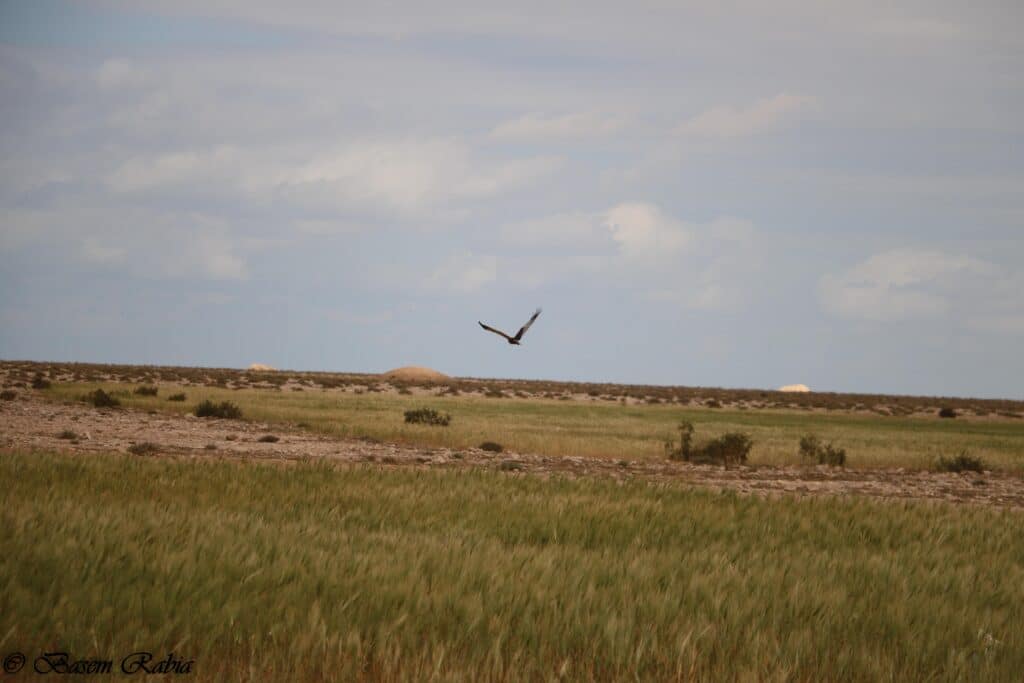
In Egypt, the team recorded some tortoises in tiny patches of territory within and around the Zaranik Protected Area. Studying the ecological requirements of this species is a must to ensure its survival, and so this remnant population gave researchers a good opportunity to study this species and its habitat. Meanwhile, in Libya, not many studies have been conducted on this species although it considered its natural habitat.
Hemaya Company conducted a survey in the northwestern Egypt to reassess the vegetation cover along the coast and identify the best sites for reintroduction. Seventy sites were assessed using on-ground site assessment and spatial modelling aimed at addressing the conservation needs for this species. Researchers thought that coastal development along the northern coast of Egypt caused an irreversible damage in the natural habitat, but healthy habitats, from 5 to 20 km south to the coast, showed they were wrong.
Al Hayat Organization, in turn, conducted a similar survey benefiting from the Egyptian experience at the Zaranik Protected Area to assess the vegetation cover and density that is necessary to the survival of the Egyptian Tortoise.
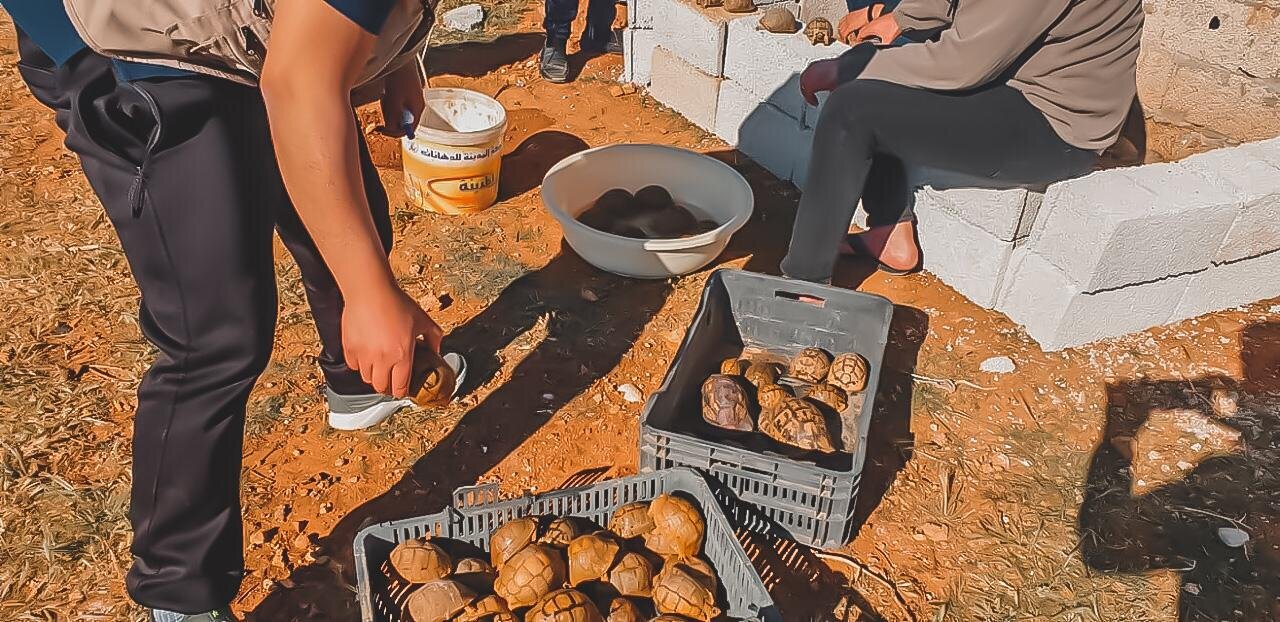
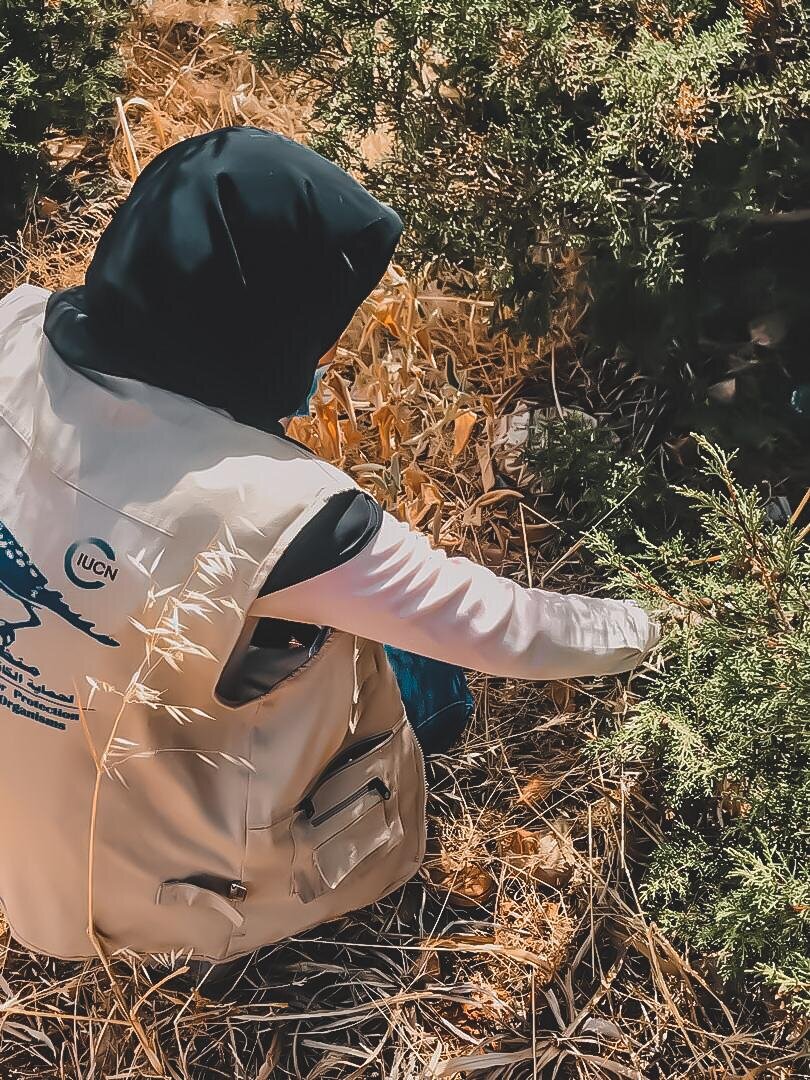
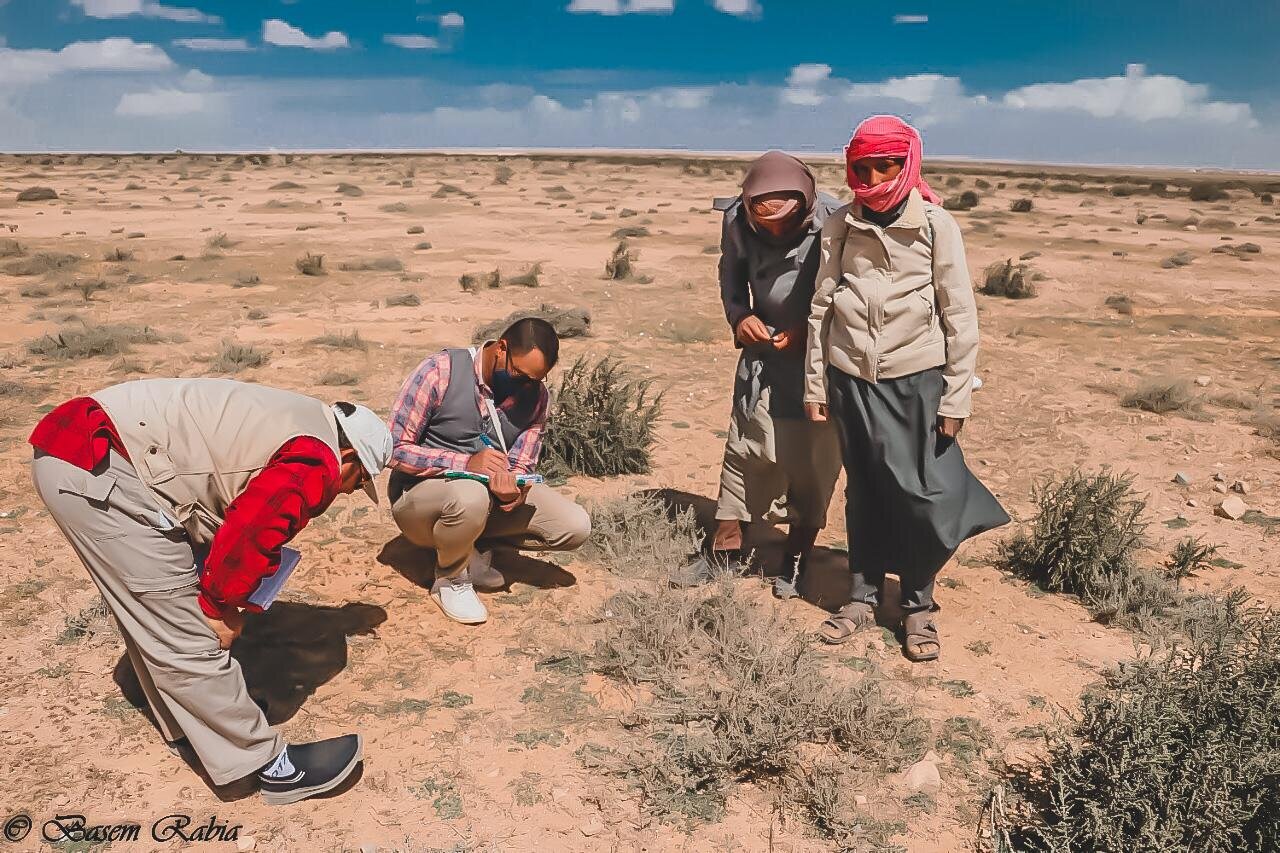
These surveys, along with various awareness raising sessions about the importance of Egyptian Tortoise to the ecosystem balance and the disadvantages of smuggling this species, showed local communities’ willingness to conserve this species. Moreover, a local community in Libya reported a tortoise smuggling attempt in 2021. As a result, the two grantees worked together with the Libyan Ministry of Environment to save 250 smuggled tortoises. After receiving these tortoises, Al Hayat Organization’s team sorted, classified, and marked them to help in tracing the turtles in the future. Later they released the tortoises in their natural habitat in Libya.
Through this cooperation, the two organizations will work in partnership to develop a joint action plan for future conservation of the Egyptian tortoise.
“Raising awareness about Egyptian tortoise and its smuggling is a critical issue in ensuring the sustainability of this species. This cooperation is a building block for future projects aiming at conserving Egyptian tortoises at larger scale.”Murad Buijlayyil, Chairman of the Scientific Committee at Al Hayat Organization
To help save the Critically Endangered Egyptian tortoise Testudo kleinmanni from the threat of smuggling across the Libyan-Egyptian border, Al Hayat Organization and Hemaya Company learned that building strong relationships with local people and stakeholders in both countries is crucial.
As part of our Lessons Learned series to share advice from civil society organisations, here’s some conservation insight from Murad Buijlayyil, Project Manager at Al Hayat Organization.
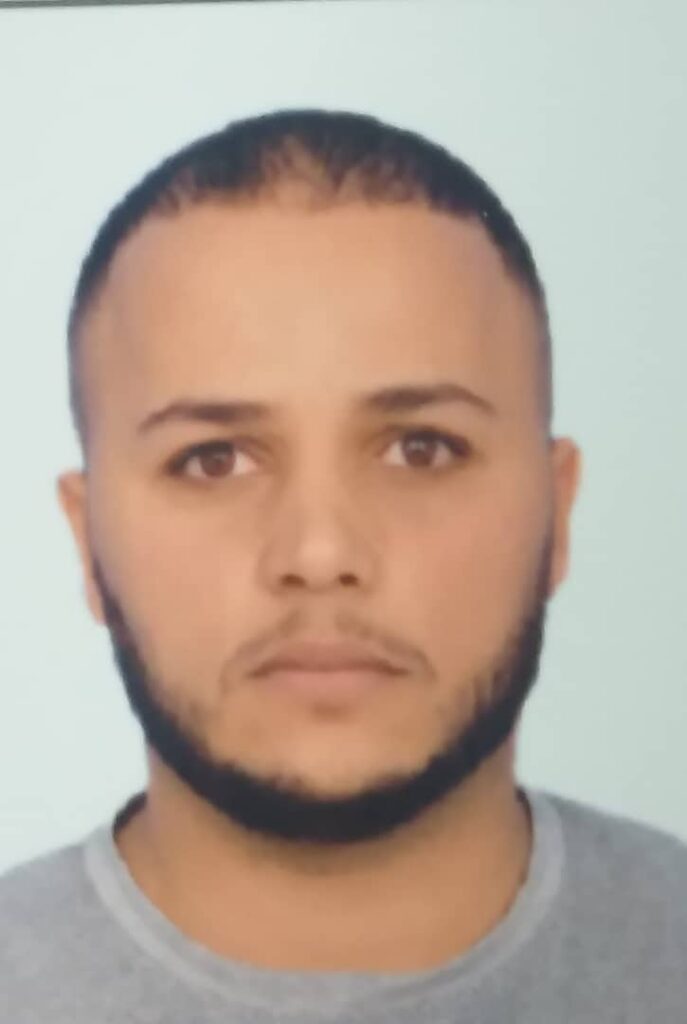
Your project is tackling an important conservation problem. What inspired you to find a solution?
Witnessing the smuggling of the Critically Endangered Egyptian tortoise (Testudo kleinmanni) that threats its survival encouraged us to seek a fund from CEPF to conserve this species. Our project is one of a kind in the region that focuses on the Egyptian tortoise; therefore, we are working on raising local communities’ awareness about the threat of extinction and its impact on our nature.
Tell us one big lesson that you’ve learned from this project.
To conserve Testudo kleinmanni, we must work on both sides of the borders, between Egypt and Libya. Therefore, we worked with Hemaya Company for Environmental Consultancies and Services – our partner in the project – to complement the work and fill in all gaps. This partnership helps us exchange knowledge and experience on conservation, resulting in building the capacities of the two organizations, especially young people, on scientific research and data collection.
Smuggling is widespread in the area, especially with the lack of stability and security on the Egyptian-Libyan border. Furthermore, working with local communities suffering from the harsh economic situation was a challenge that we overcame through ongoing meetings and workshops with local communities to bridge the gap between all stakeholders. As a result, a group of volunteers from the local community were trained in data collection for future research.
Given your experience working on this project, what advice would you have for another conservationist in the Mediterranean who is just starting out?
Building strong relationships with stakeholders, including the local community, universities, governmental agencies, etc., is vital to the project’s success. Furthermore, updating stakeholders with project progress step by step will ensure the feeling of ownership, thus, cooperation.
Building the capacities of the project team is another crucial aspect that will help achieve good results.
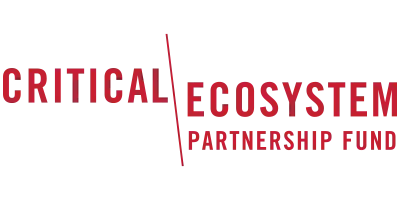
*The Critical Ecosystem Partnership Fund (CEPF) is a joint initiative of l’Agence Française de Développement, Conservation International, the European Union, the Global Environment Facility, the Government of Japan, and the World Bank. Additional funding has been provided by the MAVA Foundation. A fundamental goal is to ensure civil society is engaged in biodiversity conservation.
CEPF is more than just a funding providerA dedicated Regional Implementation Team (RIT) (expert officers on the ground) guide funding to the most important areas and to even the smallest of organisations; building civil society capacities, improving conservation outcomes, strengthening networks and sharing best practices. In the Mediterranean Basin Biodiversity Hotspot, the RIT is entrusted to BirdLife International and its Partners: LPO (BirdLife France), DOPPS (BirdLife Slovenia) and BPSSS (BirdLife Serbia).Find out more at www.birdlife.org/cepf-med
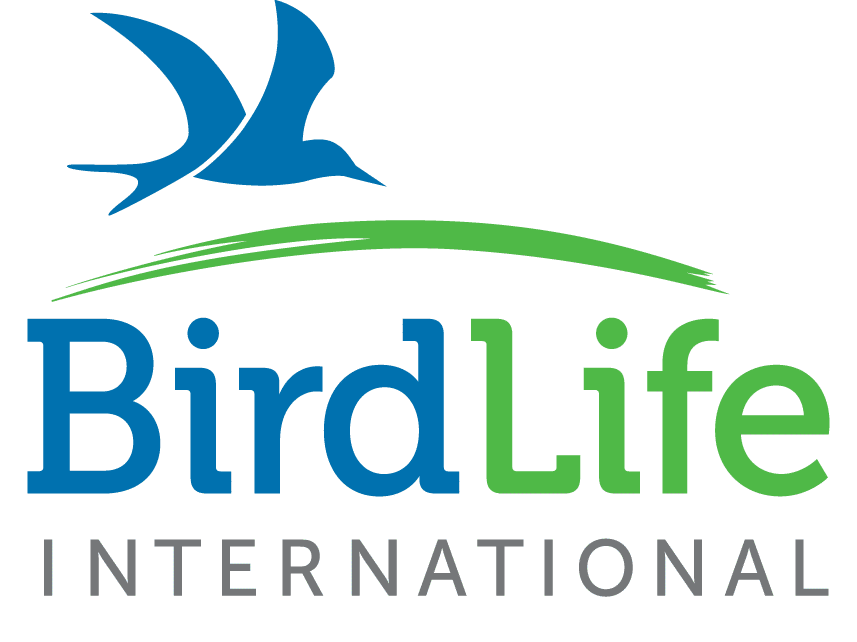
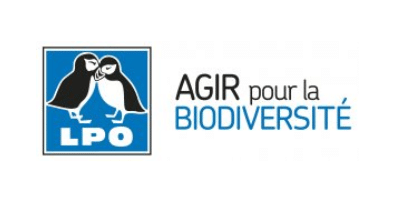
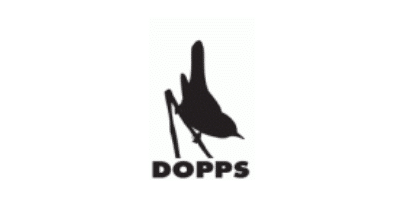
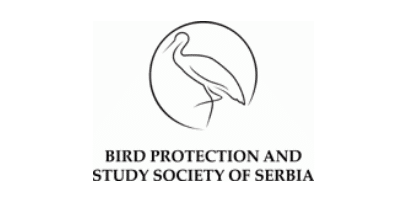
Related news
Stay up to date
Sign up to receive the latest bird conservation news. You’ll also receive updates about our projects, science and other ways to get involved including fundraising.
Thank you for your support, we are committed to protecting your personal information and privacy. For more information on how we use your data, please see our Privacy Policy. You can unsubscribe from emails at any time by using the link in the footer of any email from us.



